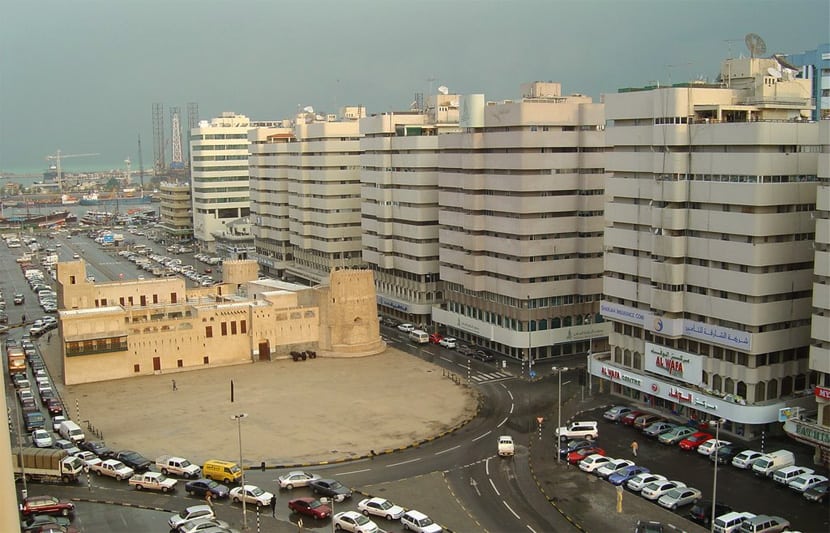It is tricky to compare the financial system between the GCC and Europe since it depends on the bank’s country of origin, its services, and the customer’s needs.
Nonetheless, and despite many challenges GCC banks are facing and will witness in the future, there is no doubt that these sector’s investors are putting their money into technology to increase revenues and provide better customer services.
Banking in GCC versus Europe
Stephane Ulcakar, Head of Corporate and Government Banking at Arthur D. Little, says: “Yes, European banks might have segments that are still less developed in the GCC, like the SME segment, for instance.”
However, what is interesting is that in some services, the level of innovation and technology implementation in the GCC is becoming relatively similar to that in Europe or the US”.
Positive Status
High oil prices, rising interest rates, and new public projects are all reasons why S&P Global Ratings believes the four largest banking markets in the GCC—the United Arab Emirates, Saudi Arabia, Kuwait, and Qatar—will “nearly approximate” pre-pandemic profitability ranks by the end of 2022.
The higher cost of risk will likely be neutralized by the higher net interest margins seen in the year’s second half. The rating agency predicted this would lead to higher full-year earnings for these regional banks in 2022 compared to 2021.
In the second half, S&P has predicted a more visible strengthening of regional banks’ interest margins and a manageable pick-up in cost of risk amid residual repercussions from the Covid-19 outbreak via loans that benefited from support measures and were subsequently restructured.
There will be a net beneficial effect on bank profits due to these factors.
Big concerns
For over a year, GCC banks have witnessed above 10 percent growth, as a sign of improvement in what happened during the COVID-19 pandemic.
As a result, “this is a positive sign and will mostly lead to a higher return on equities,” said Ulcakar.
On the other side, Ulcakar considers that the increasing inflation levels and the international tension between Russia and Ukraine draw big concern on banks and how they operate.
Regarding the UAE, which is today the largest market in banks’ assets, this sector is still widespread and is preferable.
Banks also enjoy a good combination of high-interest rates and relatively low funding costs in the UAE.
Challenges and obstacles
The GCC banking sector is expected to face many challenges that banks should be ready to handle.
Ulcakar mentioned: “One of them is the return of inflation, which is a very new phenomenon, and it’s a phenomenon that most bankers on the market today have never faced.”
Second, there may be a need for more capital due to factors like inflation, and modern investors can choose between banking institutions, fintech companies, and other players.
Ulcakar considers the cost structure the third struggle banks will face in the future.
“Eventually, banks were designed to operate with a brick-and-mortar model, and today they have to adjust themselves for a digital model,” he added.
By countries
Moody’s Investors Service released assessments indicating that the outlook for the financial systems in Saudi Arabia, Kuwait, the United Arab Emirates, Qatar, Oman, and Bahrain has improved from negative to stable as operating circumstances improved following the pandemic.
As the Saudi Arabian economy benefits from higher oil prices, banks will experience rising profits and rapid expansion of lending. In addition, as central banks cease their loan repayment deferral programs, the pressure on banks’ loan quality will increase, but the growth in lending will help alleviate some of that strain.
The United Arab Emirates and Oman’s banking industries will continue to thrive and build healthy capital reserves. For example, Bahraini banks rebuilt robust funding, liquidity, and capital positions after the coronavirus economic shock.
This is a result of a sustained economic rebound over the next 12-18 months will help to restore banking profitability near pre-pandemic levels. In addition, the next FIFA World Cup in Qatar will bring in a lot of tourists, which is good news for the country’s economy.
The banking sector in Kuwait, which accounts for the vast majority of the country’s GDP, will continue to improve. After a 5 percent increase in non-oil GDP in 2021, Moody’s predicts a slowdown to 4 percent in both 2022 and 2023. As domestic enterprises and households return to normal after the pandemic, the quality of domestic loans will remain high.








